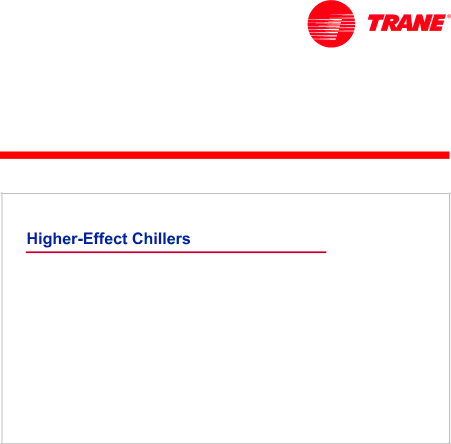
period two
Absorption Chiller Types
notes
▲ ![]()
![]()
▲
◆Problems with solution stability
◆Increased risk of corrosion problems
◆More expensive pressure vessel design requirements
◆Greater first cost due to added components
◆Larger physical size
Figure 38
While they are presently not available,
νHigher solution temperatures create problems with stability of the absorbent solution and performance additives, as well as additional material corrosion problems.
νIn some cases, higher operating pressures which require
νGreater first cost due to the need for additional pumps and heat exchangers.
νLarger physical size.
As mentioned earlier, other cycles and fluid combinations are also being studied for commercial use. The focus of this clinic, however, is limited to water chillers that use a lithium
33 |